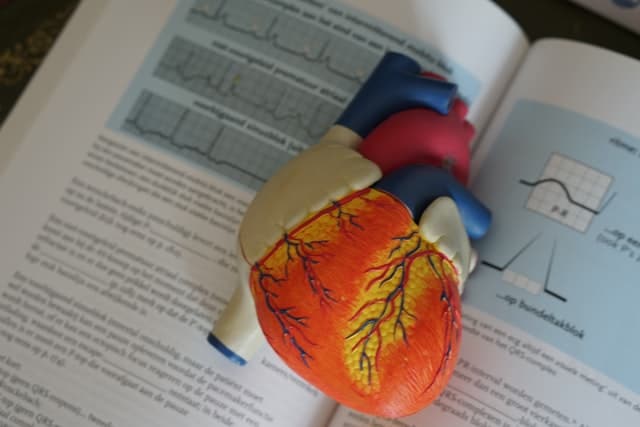Most people know that the heart pumps blood, but few know how this incredibly important organ actually works. Blood is transported through the body via a network of arteries and veins.
Arteries carry oxygen-rich blood from the heart to the body’s tissues, while veins carry carbon dioxide-rich blood from the body back to the heart. The right side of the heart pumps oxygen-poor (deoxygenated) blood to the lungs, where it picks up oxygen and gets rid of carbon dioxide.
This newly oxygenated blood then travels back to the left side of the heart, which pumps it out to the rest of the body.
So, it means that veins are responsible for transporting de-oxygenated blood while oxygenated blood is carried by Arteries.
However, apart from arteries, there are some special veins too that are known to carry oxygenated blood. In this blog post, we will be discussing them.
Table of Contents
Understanding the Veins
Before we get into the details, it is important to have a clear understanding of veins. Veins are blood vessels that carry blood back to the heart.
The majority of veins in the body are made up of smooth muscle tissue and connective tissue. The walls of these veins are thin and are able to expand and contract. This allows veins to store blood when needed and release it when necessary.
Veins also have valves that prevent blood from flowing backward. These valves are located at intervals along the vein and open to allow blood to flow through them in one direction only.
Now that we have a basic understanding of veins, let us take a look at the different types of veins in the body.
Different Types of Veins
They are classified based on their size, location, and the pressure of blood flowing through them. The three main types of veins are superficial veins, deep veins, and perforating veins.
- Superficial veins are veins that are close to the surface of the skin and are not located deep within the body. The most common superficial vein is the cephalic vein, which is located in the arm.
- Deep veins are located deep within the body and are often found alongside arteries. The most common deep vein is the femoral vein, which is located in the leg.
- Perforating veins are a type of vein that connects superficial veins to deep veins. These veins help to carry blood from the superficial veins to the deep veins.
The Veins that Carry Oxygenated Blood
Apart from the above classification, Veins are also classified in terms of the type of blood they carry. There are two types of veins in this category:
Pulmonary veins are a type of vein that carries oxygenated blood from the lungs to the heart. These veins are located in the chest and are responsible for transporting oxygenated blood from the lungs to the left side of the heart.
Systemic veins are a type of vein that carries deoxygenated blood from the body to the heart. These veins are located throughout the body and are responsible for transporting deoxygenated blood from the body to the right side of the heart.t
So, these were the two types of veins that carry oxygenated and deoxygenated blood. It is important to note that all other veins in the body except the Pulmonary veins carry deoxygenated blood. If you’re curious to find the pulmonary veins in your body, you can easily do so by using the ”Aim Vein” vein finder. It is a simple and easy-to-use device that can help you locate the veins in your body with ease.
FAQs
Q: Why is it important to know which vein carries oxygenated blood?
A: It is important to know which vein carries oxygenated blood because this knowledge/information can help in cases of emergency when someone needs a blood transfusion.
Q: How can you find the veins that carry oxygenated blood in your body?
A: There are many ways to find the veins that carry oxygenated blood in your body. One way is to use a vein finder device like Aim Vein. Another way is to look for veins that are close to the surface of the skin and are not located deep within the body.
Q: Why are all the veins blue?
A: The reason why all veins appear blue is because of the way light reflects off of them. The blue color is an optical illusion caused by the way light reflects off of the veins.
Q: What is the difference between a superficial vein and a deep vein?
A: The main difference between a superficial vein and a deep vein is their location. Superficial veins are located close to the surface of the skin, whereas deep veins are located deep within the body.
Takeaway
So, now that you know which vein carries oxygenated blood, you can impress your friends with your vast knowledge of human anatomy the next time you’re at a party.
But seriously, understanding how the circulatory system works is important not only for medical students and professionals but for everyone.
After all, we all have veins and arteries, and it’s important to know how they work in order to keep our bodies healthy.


